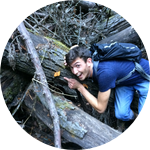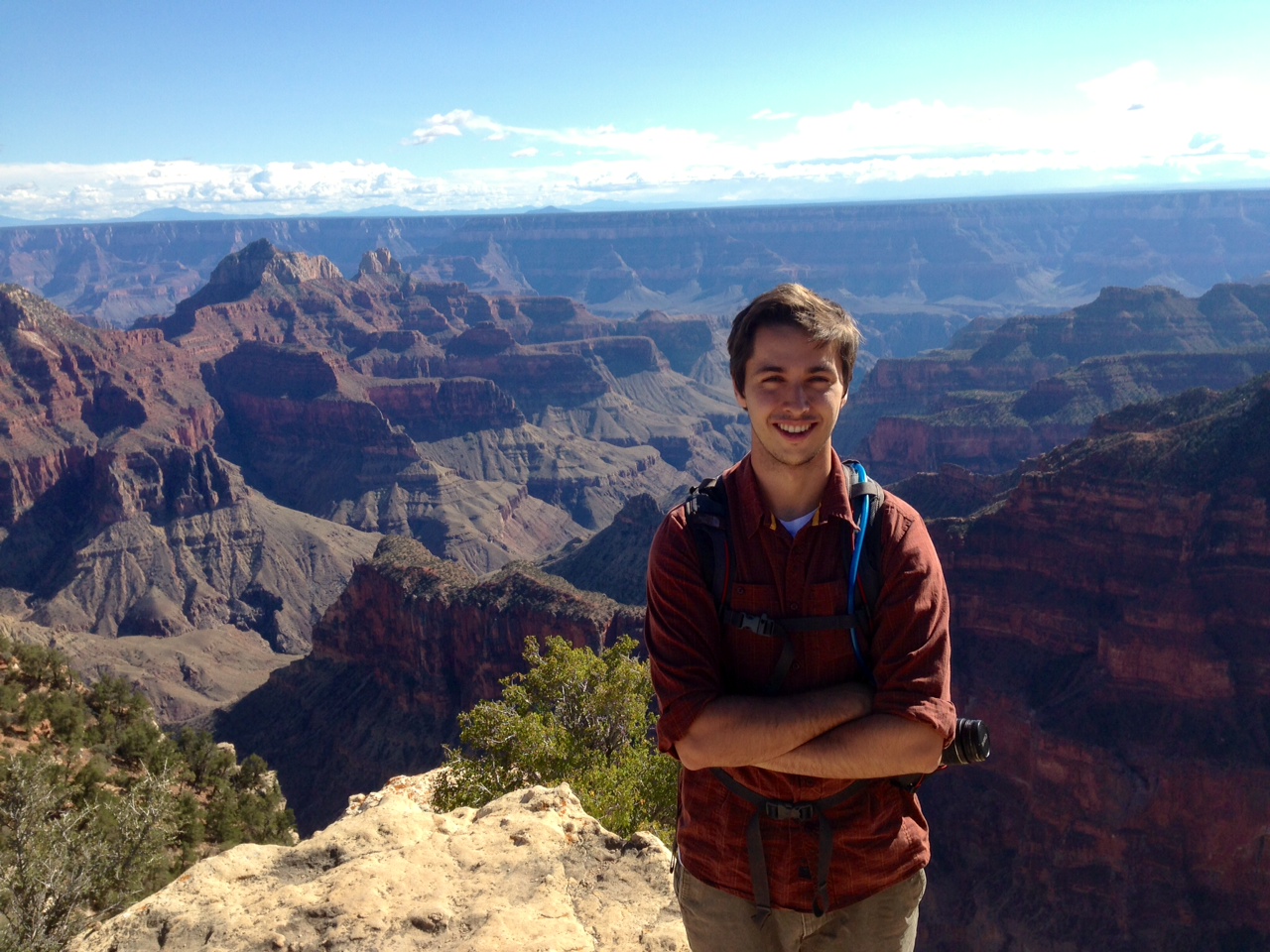About This Project
High up in California's coast redwoods, lichens vary in reproductive form throughout the canopy. The species I study produces different reproductive structures at varying vertical heights in any given redwood. Is this a strategy, a response to microclimatic factors, or something else entirely? I aim to answer fundamental questions about how organisms live and disperse throughout the canopy. This research will help us understand one of the world's most amazing and mysterious canopy ecosystems.
Ask the Scientists
Join The DiscussionWhat is the context of this research?
Lichens often grow as epiphytes (organisms that grow on plants), and they take advantage of the abundant branch and trunk space in forest canopy environments. One species, Flavoparmelia caperata, is especially widespread in the second-growth redwood forest canopy. I have observed that this lichen shows differential reproductive states depending on its height in the canopy. Why is this? What sorts of factors could drive this?
Lichens like Flavoparmelia reproduce both sexually and asexually. Their sexual reproductive structures are called apothecia, and resemble little cups on the thallus, or body, of the lichen. The lichens also have soredia, little specialized bits of the lichen body that break off to disperse. In the canopy environment, airborne dispersal is probably very important.
What is the significance of this project?
The canopy ecosystems of the world are under threat and are disappearing before they can even be truly understood. The old-growth redwood canopy is largely gone and the emerging second-growth canopy is under threat from changing environmental conditions. Higher temperatures and lower moisture content, for example, may affect where lichens can live and persist. Especially here in the southern part of the coast redwood range near Santa Cruz, California, the organisms that live in the relatively dry and hot tree crowns are at the highest risk of being pushed beyond their physical limits.
Probing what drives life in this ecosystem is a step forward in understanding the forest canopy, and in appreciating the complex dynamics of this environment before it is too late to study it.
What are the goals of the project?
In each of my study trees, I will establish a rope system that allows me to explore large areas of the inner crown. At different heights in the trees, I will observe the area covered by the lichen, the number of apothecia (sexual reproductive structures), and the area of soredia (asexual reproductive propagules).
I will install iButtons in each tree, which will continuously take and record temperature and humidity data, and I will record light exposure in different parts of the canopy.
I will also sample airborne fungal spores in my trees, to find out if the upper canopy is richer with lichen spores than lower strata.
I will combine the information from all these methods to determine which factors - height, light, microclimate - are good predictors of Flavoparmelia reproductive state.
Budget
Stretch goal: I have reached my original goal, and now I will be able to access all parts of the canopy! My next goal focuses on dramatically increasing the speed and efficiency with which I can sample, allowing me to study more trees. Several pieces of rigging and movement gear can halve my sampling time. A second set of basic climbing gear will let me bring assistants into the canopy to help me with my work.
Funded goal: In order to access all strata of the redwood canopy, I need a rope of sufficient length, a lanyard and associated equipment to move throughout the canopy, and other tools to install place-holding rigs for the duration of the project.
I am fortunate that my university is providing the scientific equipment I need, but I cannot access the canopy without the appropriate climbing gear. The reason the canopy has remained a hidden ecosystem for so long is that it is hard to access. I have the skills needed to explore this system, but I need gear to put these skills to work.
Meet the Team
Team Bio
I have been fascinated by forest canopies, in redwood forests in particular, for several years. Beginning in my first year of college, and with a rock climbing background, I learned how to climb tall trees using a crossbow, a harness, ascenders, and ropes. Each tree yielded something different for me to discover - unique structure, strange juxtapositions of lichens or animals, or a commanding view of the Monterey Bay and central coast.
I have been fortunate enough to climb with canopy researchers at the top of their field (so to speak), assisting scientists from the University of California, Berkeley with studies in old-growth redwood forest. This has given me the opportunity to discuss the frontiers of this field with those who are driving it forward. It has also allowed me to attain a high degree of proficiency in canopy movement and rig setup.
I love communicating the things I have learned to others interested in the topic. This spring, I am teaching a discussion-based course on the redwood forest, covering topics such as the history of redwood conservation, the physiology of the amazing trees, and the ecosystems they create - below and above.
When not in the trees, I love to rock climb, backpack, and learn about other aspects of ecology. I am increasingly interested in plant pathogens and plant disease, and in plants' responses to climate change.
Additional Information
Marcus Silva, who will collaborate with me in the field when I have raised enough money to provide gear for a partner.
Canopy-level view in an old-growth redwood forest.
Hurray for ground lichens! This is a species of Cladonia that's collected some dew.
The canopy beckons.
Canopy view, looking down.
Project Backers
- 44Backers
- 148%Funded
- $2,079Total Donations
- $47.25Average Donation





